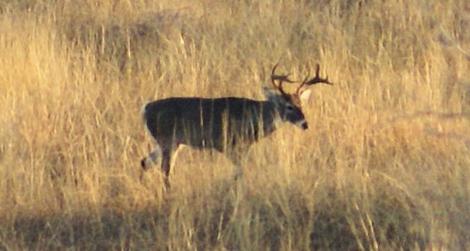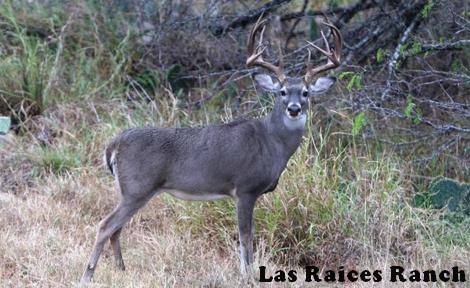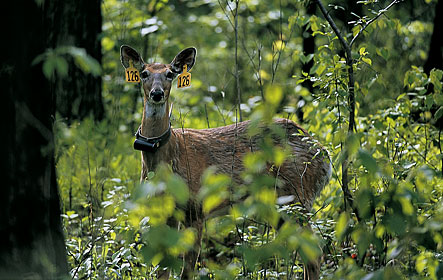Small Deer in Your Area?
Have years of heavy hunting pressure impacted deer body condition and antler quality in your area? It may be difficult to say with any certainty, but it seems plausible that deer hunters, which serve as predators, could alter the gene pool of certain game species. Last month, an article presented research that found hunting had a profound impact on wildlife, driving an evolutionary process that makes animals become smaller and reproduce earlier.
The study, which looked at both hunting and fishing, examined 29 different species and found, that under human pressure, creatures on average become 20% smaller. Do deer use more energy trying to evade predators, hunters?

Feeling the Pressure
Article: “The human tendency to seek large ‘trophies’ appears to drive evolution much faster than hunting by other predators, which pick off the small and the weak.
Researchers reported, ‘It’s an ideal recipe for rapid trait change.’ In virtually all cases, human-targeted species got smaller and smaller and started reproducing at younger ages — making populations more vulnerable.
Hunters are instructed not to take smaller animals or those with smaller horns. This is counter to patterns of natural predation, and now we’re seeing the consequences of this management.”
Small Deer Study in Focus
This study makes some very good points with regards to hunters in general being trophy-oriented, but hunters and landowners partaking in intensive deer management programs are doing exactly the opposite. I have often believed that under certain conditions, such as extreme hunting pressure, particularly with regards to the overharvest of young bucks, that gene pools could be negatively impacted.
For example, some properties consider themselves “managed” by having an 8 point or better rule on harvested bucks. However, regular readers of this site know that the best yearling (1 1/2 years old) bucks can have 8+ points. This can result in decades of hunters high-grading their buck herd.
So by looking at common hunting practices this way, it becomes quite apparent that humans, particularly hunters, can impact gene pools. This is especially true in wildlife species that, like deer, are relatively short-lived. Common sense would conclude that just several years (which for deer would be several generations) of extreme pressure could alter whitetail genes in a given area. And if you are a management-minded hunter, that is exactly what you want.
Just as improper harvest can impact a deer herd negatively, proper deer harvest centered around a well-thought-out deer management program can continually change the gene pool for the better. In fact, this is exactly what the culling of inferior bucks is intended to do. Bigger-bodied whitetail bucks, much more often than not, grow larger antlers than their smaller-bodied counterparts. These bigger deer are also able to cope better with harsh winters, summer droughts, and better fight off would-be predators. In summary, help mother nature do her job and improve your white-tailed deer herd by harvesting those deer that are small for their age class.


